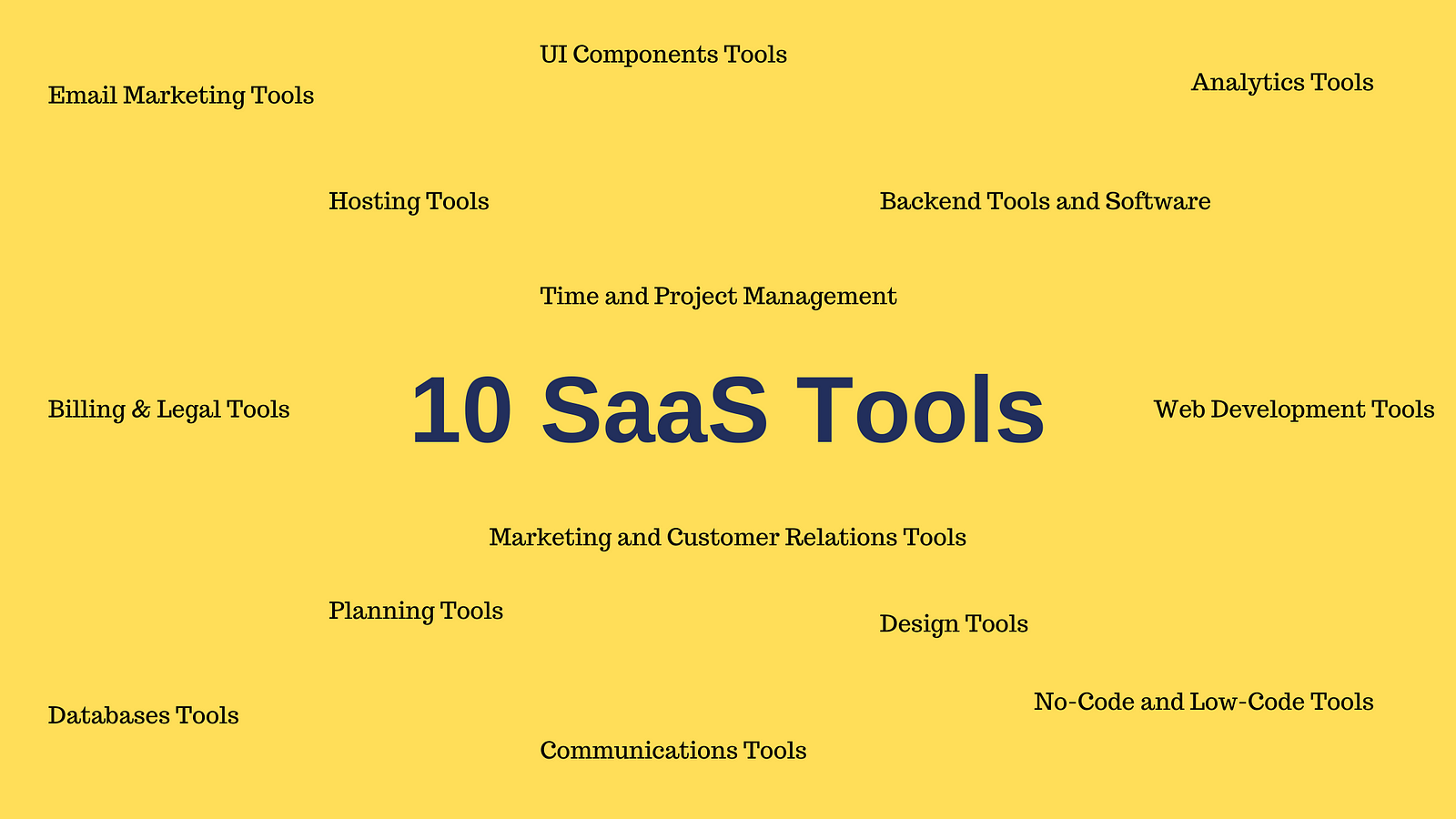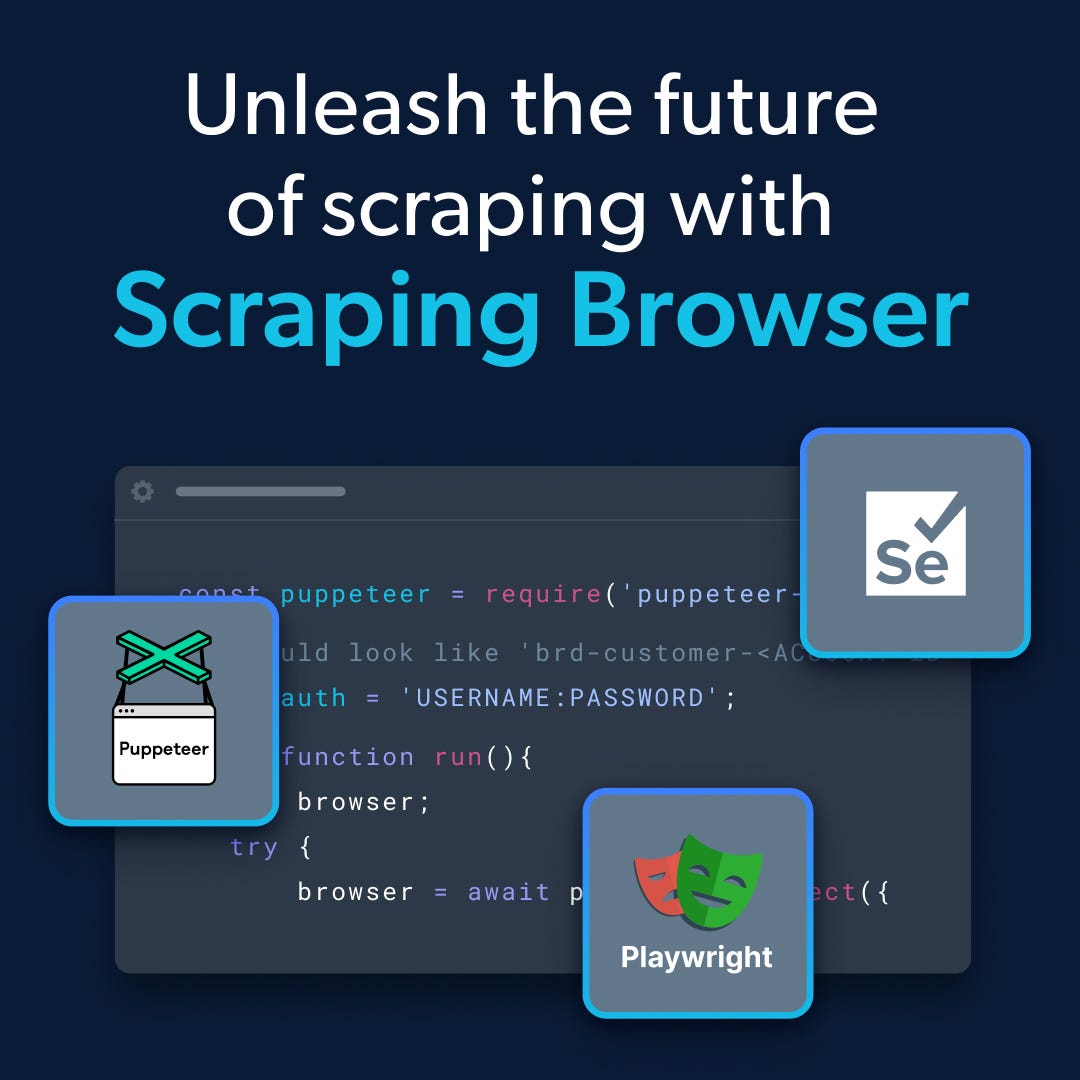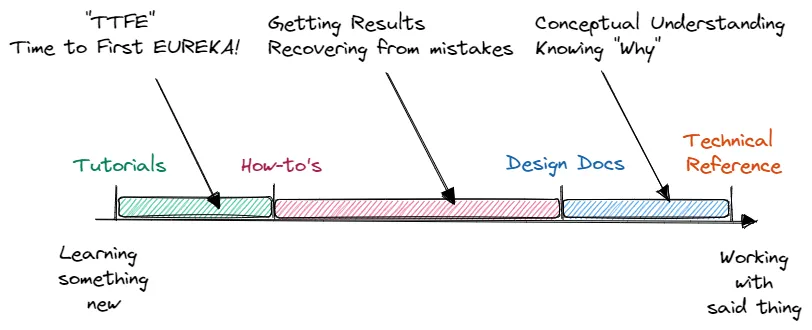For many .NET developers, generating PDFs (Portable Document Format) from HTML is a core requirement - whether it's for building reports, formatting invoices, or exporting web content for offline use. But choosing the right library for the job can be tricky.
From lightweight tools like iTextSharp to full-featured solutions like IronPDF and Aspose.PDF - and even browser-based engines like PuppeteerSharp - each option offers different strengths when it comes to rendering accuracy, performance, and developer experience.
So with some many powerful PDF libraries, how to choose the right one for you? Are you looking for a tool that can handle common PDF operations such as PDF creation, or do you need something that can manipulate PDF documents, convert PDF documents to other formats, handle modular PDF layouts, and more.
In this article, we'll be comparing four of the most popular C# PDF libraries, comparing how they handle creating PDF documents from styled HTML content, while also taking a look at their key features, level of support for modern web standards, and more. By the end, you'll have a clearer picture of which library aligns best with your needs - whether you're working on a quick tool to create PDF documents on occasion, or a production-scale application.
Why Convert HTML to PDF?
HTML is everywhere - it's the language of the web. Generating a PDF from HTML lets you:
- Export styled reports
- Automate documentation
- Generate printable forms and invoices
- Preserve exact layout across devices
While browsers render HTML naturally, generating PDFs programmatically that look exactly like the browser output can be tricky.
Generate PDF Documents - HTML to PDF Code Examples
Now, let's take a look at each of these libraries in action. We'll take a look at how each library handles PDF generation from HTML content.
IronPDF - A Robust .NET PDF Library

IronPDF is a powerful .NET library capable of converting HTML content to PDF format in just a few lines of code. Do you want to see these powerful features in action? Or perhaps you want to learn how exactly they work? IronPDF has extensive documentation with detailed tutorials for each of its powerful features, including detailed code snippets and explanations so you can hit the ground running.
With IronPDF, your PDF document structure will closely resemble to original HTML content, meaning you can create fully custom layouts for your PDF files to ensure they stand out.
Key Features of IronPDF:
- Take advantage of its powerful Chromium-based rendering to generate PDF documents with pixel-perfect accuracy
- Supports JavaScript, CSS, and images out of the box - Effortlessly create documents even from more complex CSS layouts
- Render HTML from strings, files, or URLs. This library can handle anything from basic PDF creation to advanced tasks such as creating complex reports
- WYSIWYG output matches the screen or print view
- Work with structured data driven documents to create unique PDF documents
- Edit existing PDF documents with its advanced PDF editing tools
- Full support for .NET Framework, .NET Core, .NET Standard (2.0+), as well as full cross-platform support so you can use IronPDF on Windows, Linux, Mac, or whatever app environment you prefer to work in
Example: Convert Styled HTML Content to PDF
using IronPdf;
var renderer = new ChromePdfRenderer();
renderer.RenderingOptions.CssMediaType = IronPdf.Rendering.PdfCssMediaType.Print;
string html = @"
<html>
<head>
<style>
body { font-family: Arial; margin: 40px; }
h1 { color: #4CAF50; }
p { font-size: 16px; color: #333; }
.box { border: 2px solid #4CAF50; padding: 20px; border-radius: 8px; }
</style>
</head>
<body>
<h1>Styled PDF with IronPDF</h1>
<div class='box'>
<p>This paragraph is styled using CSS and will render nicely in the PDF.</p>
</div>
</body>
</html>";
var pdf = renderer.RenderHtmlAsPdf(html);
pdf.SaveAs("styled_ironpdf.pdf");
Output

✅ Pros:
- Fast and simple API, easily implement this library into your .NET applications
- Excellent CSS/JS rendering
- Great for web apps and dynamic content
- Fully self-contained PDF development workflow
⚠️ Cons:
- Commercial license required for production
- Trial watermark without license
iTextSharp - Lightweight PDF Library with Basic HTML Support

iTextSharp is a widely used .NET port of the Java-based iText library. While it's mostly known for programmatically creating PDFs from scratch, it also supports basic HTML-to-PDF conversion through the XMLWorkerHelper class. This is suitable for rendering simple HTML and inline CSS, but it struggles with more modern or JavaScript-heavy layouts.
🔧 Note: iTextSharp's HTML conversion uses XMLWorker, which is no longer actively maintained. For advanced rendering, iText 7 with pdfHTML is recommended (but it's not free).
Key Features of iTextSharp (HTML to PDF):
- Converts basic HTML + inline CSS to PDF
- Free under AGPL license (with commercial options)
- Lightweight and fast
- Well-documented for developers
- Works well for invoices, forms, and simple layouts
Example: Convert HTML to PDF with iTextSharp
using iTextSharp.text;
using iTextSharp.text.pdf;
using iTextSharp.tool.xml;
using System.IO;
string html = @"
<html>
<head>
<style>
h1 { color: navy; }
p { font-family: Verdana; font-size: 14px; }
</style>
</head>
<body>
<h1>iTextSharp Styled PDF</h1>
<p>This text is styled with inline CSS.</p>
</body>
</html>";
System.Text.Encoding.RegisterProvider(System.Text.CodePagesEncodingProvider.Instance);
using (var fs = new FileStream("styled_itextsharp.pdf", FileMode.Create))
{
using (var doc = new Document())
{
PdfWriter writer = PdfWriter.GetInstance(doc, fs);
doc.Open();
using (var sr = new StringReader(html))
{
XMLWorkerHelper.GetInstance().ParseXHtml(writer, doc, sr);
}
doc.Close();
}
}
Output

✅ Pros:
- Works well for basic HTML layouts
- Fully free under AGPL license
- Lightweight and fast
⚠️ Cons:
- Limited CSS support (no Flexbox, Grid, etc.)
- No JavaScript rendering
- XMLWorker is deprecated
- Not suitable for complex, dynamic, or styled web pages
Aspose.PDF - A Feature-Rich Commercial PDF SDK

Aspose.PDF is part of a broader suite of file format libraries. It supports PDF creation, editing, and conversion. While it allows HTML-to-PDF conversion, its rendering engine is not Chromium-based, which means it can fall short with modern CSS or JavaScript-heavy content.
From basic PDF creation to advanced features such as extracting applying digital signatures to your PDF files, using text extraction to extract data, Aspose.PDF is a strong contender for your PDF needs.
Key Features of Aspose.PDF:
- Full support for PDF generation, manipulation, and conversion
- Comprehensive layout engine for optimal PDF layout control
- Explore PDF document structure with its ability to analyze and explore PDF documents
- Export to
PDF/A,PDF/UA,XPS - Retrieve and edit document properties by extracting the PDF metadata
- Offers watermarking, annotations, and digital signatures
- Enterprise-level support and documentation
Example: Convert Simple HTML to PDF with Aspose.PDF
using Aspose.Pdf;
string html = @"
<html>
<head>
<style>
body { font-family: 'Segoe UI'; background-color: #f9f9f9; padding: 20px; }
h2 { color: #2196F3; }
.content { padding: 15px; border: 1px solid #2196F3; }
</style>
</head>
<body>
<h2>Aspose.PDF Styled Output</h2>
<div class='content'>Aspose supports styled HTML, but has limited dynamic rendering.</div>
</body>
</html>";
var options = new HtmlLoadOptions();
using (var ms = new MemoryStream(System.Text.Encoding.UTF8.GetBytes(html)))
{
var doc = new Document(ms, options);
doc.Save("styled_aspose.pdf");
}
Output

✅ Pros:
- Extensive PDF toolkit
- Good for enterprise-level needs
- Supports many file input/output formats
⚠️ Cons:
- Expensive license
- Some rendering inconsistencies
- Complex API for beginners
PuppeteerSharp - Headless Chromium for Pixel-Perfect PDFs

PuppeteerSharp is a .NET port of the popular Node.js Puppeteer library. It controls a headless Chromium browser, which means it can render modern web pages with full JavaScript, CSS, and dynamic content support. It's ideal for generating pixel-perfect PDFs that exactly match what you'd see in Chrome, making it easy to effortlessly generate dynamic PDF documents from web content.
Since it works directly with Chromium, it offers unparalleled rendering accuracy. However, it does require a bit more setup compared to dedicated PDF libraries and may not be suitable for lightweight or offline environments.
Key Features of PuppeteerSharp:
- Full Chromium rendering (same engine as Google Chrome)
- Supports JavaScript, animations, AJAX, and modern CSS
- Captures PDFs exactly as they appear in the browser
- Asynchronous API model (Task-based)
- Free and open-source under Apache 2.0 license
Example: Convert a Live URL to PDF with PuppeteerSharp
using PuppeteerSharp;
using System.Threading.Tasks;
class Program
{
static async Task Main()
{
await new BrowserFetcher().DownloadAsync();
using var browser = await Puppeteer.LaunchAsync(new LaunchOptions { Headless = true });
using var page = await browser.NewPageAsync();
string html = @"
<html>
<head>
<style>
body { font-family: Calibri; padding: 40px; background: #fff; }
h1 { color: #d32f2f; }
p { font-size: 15px; line-height: 1.6; }
</style>
</head>
<body>
<h1>PuppeteerSharp Styled PDF</h1>
<p>This is a CSS-styled paragraph rendered using headless Chromium.</p>
</body>
</html>";
await page.SetContentAsync(html);
await page.PdfAsync("styled_puppeteer.pdf");
}
}
Output

✅ Pros:
- Best-in-class rendering accuracy
- Full support for JavaScript-heavy pages
- Great for single-page apps (SPAs) and complex layouts
- A completely free and open-source library
⚠️ Cons:
- Requires Chromium download (~100MB+)
- Slower startup compared to native libraries
- More complex async setup
- Less control over PDF structure and metadata compared to PDF-focused libraries
📊 HTML to PDF Library Comparison Table

Quick Takeaways:
- IronPDF and PuppeteerSharp are the best choices for rendering styled HTML with CSS and JavaScript support. IronPDF is ideal for simpler use cases, while PuppeteerSharp offers a more advanced, browser-matching rendering process.
- Aspose.PDF is suitable for enterprise applications where high rendering fidelity isn't a priority but offers advanced PDF manipulation capabilities.
- iTextSharp is an older, free option that may suit basic HTML-to-PDF conversion but struggles with styled content.
Conclusion: Finding the Right C# PDF Library for Your .NET Project
Choosing the right library for HTML-to-PDF conversion in .NET can be challenging with so many options available, each offering unique features and trade-offs. Whether you're building reports, invoices, or complex dynamic documents, the decision often comes down to rendering accuracy, CSS support, JavaScript handling, and ease of integration.
- IronPDF emerges as a clear top choice for most developers due to its Chromium-based rendering engine, which ensures pixel-perfect output with excellent CSS and JavaScript support. It's simple to use, with a straightforward API, and handles complex layouts and dynamic content seamlessly. If you're looking for consistent results and easy integration, IronPDF is a valuable tool that has everything you need.
- PuppeteerSharp is ideal if you're aiming for browser-matching rendering and need fine-grained control over the PDF generation process, but it requires managing a headless browser and handling asynchronous code.
- Aspose.PDF is great for enterprise workflows but lacks modern CSS support, making it less suitable for projects where layout accuracy is critical.
- iTextSharp is an affordable option for basic use cases, but its limited CSS and lack of JavaScript support make it unsuitable for more complex HTML-to-PDF conversions.
From being able to modify PDF files, convert multiple file types (HTML, ASPX, Razor, etc) to PDF, fill and edit PDF forms, and even supports multilingual PDF documents, IronPDF is a powerful tool to have at your fingertips. Don't miss the opportunity to experience high-quality, reliable PDF rendering directly from HTML, ASPX, or live URLs.
Try IronPDF Today!
Download the free trial here and begin converting your HTML content into beautiful, styled PDFs in just a few lines of code!
By choosing IronPDF, you'll ensure that your project is equipped with the best tools for the job, allowing you to focus on building your application without worrying about PDF rendering issues.




